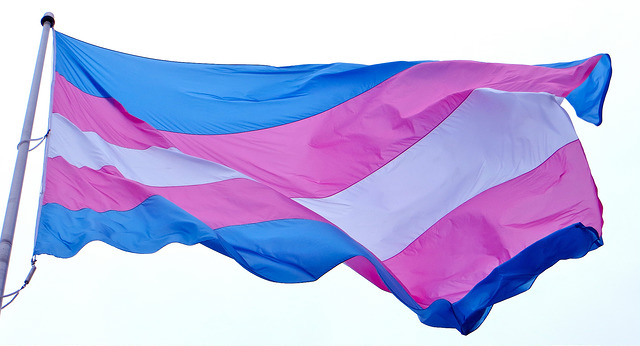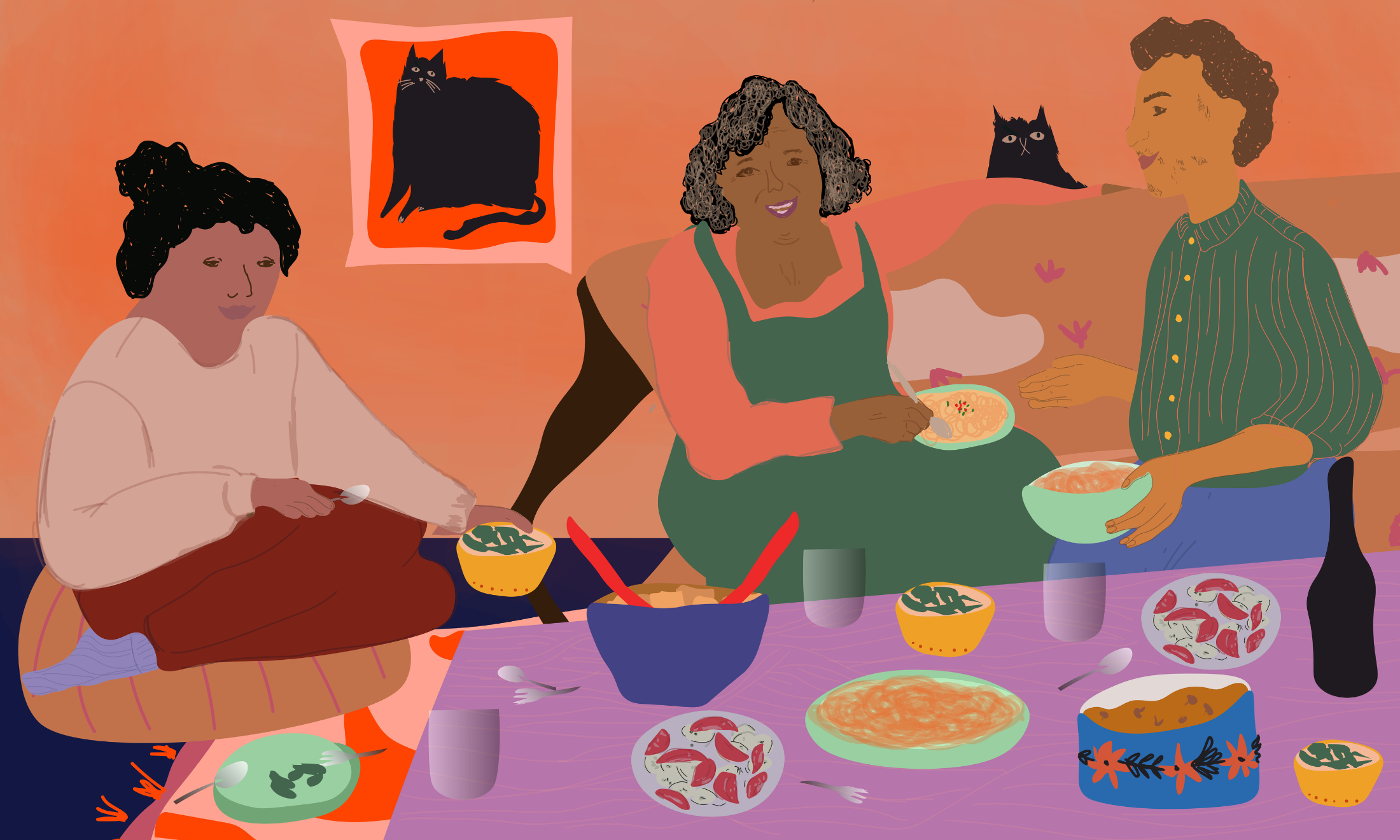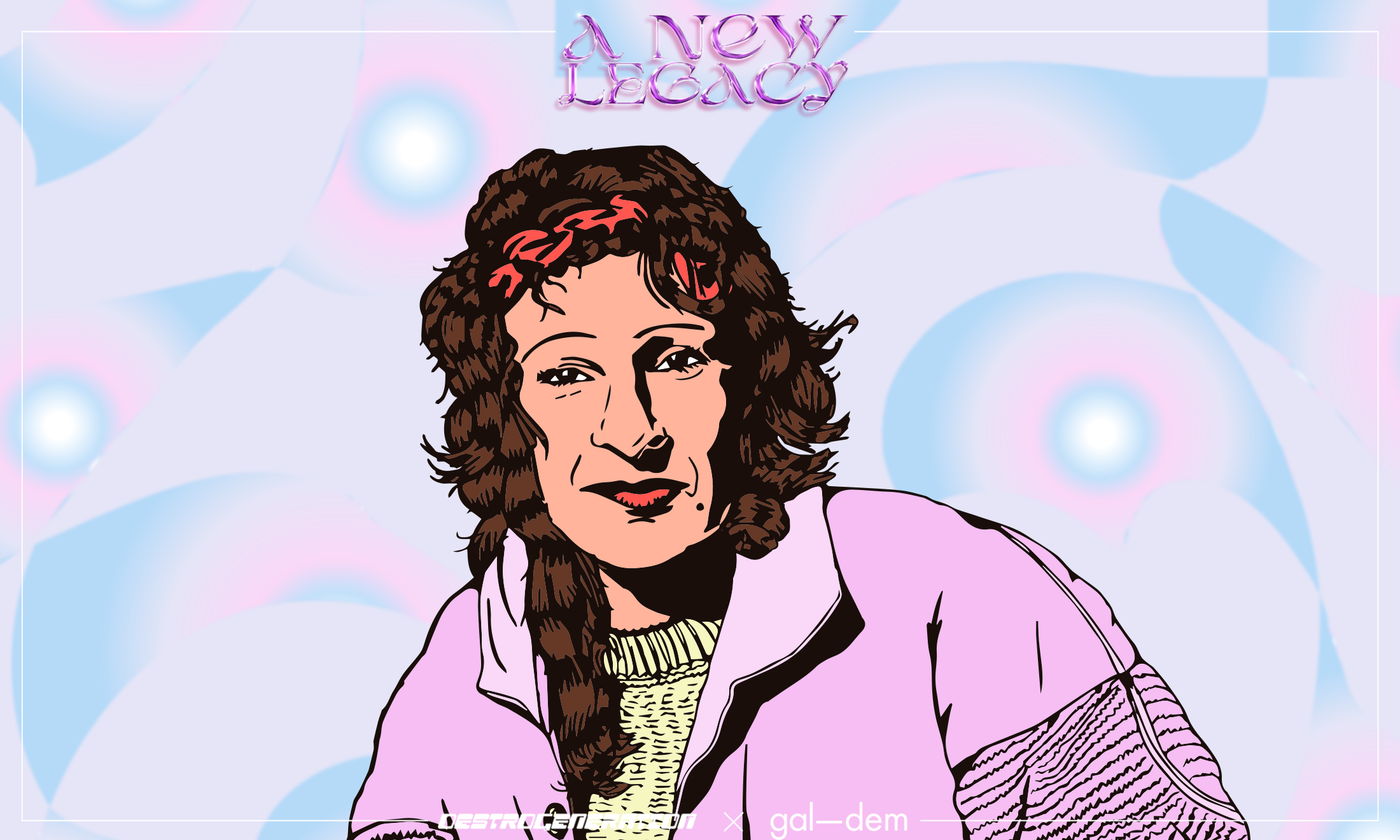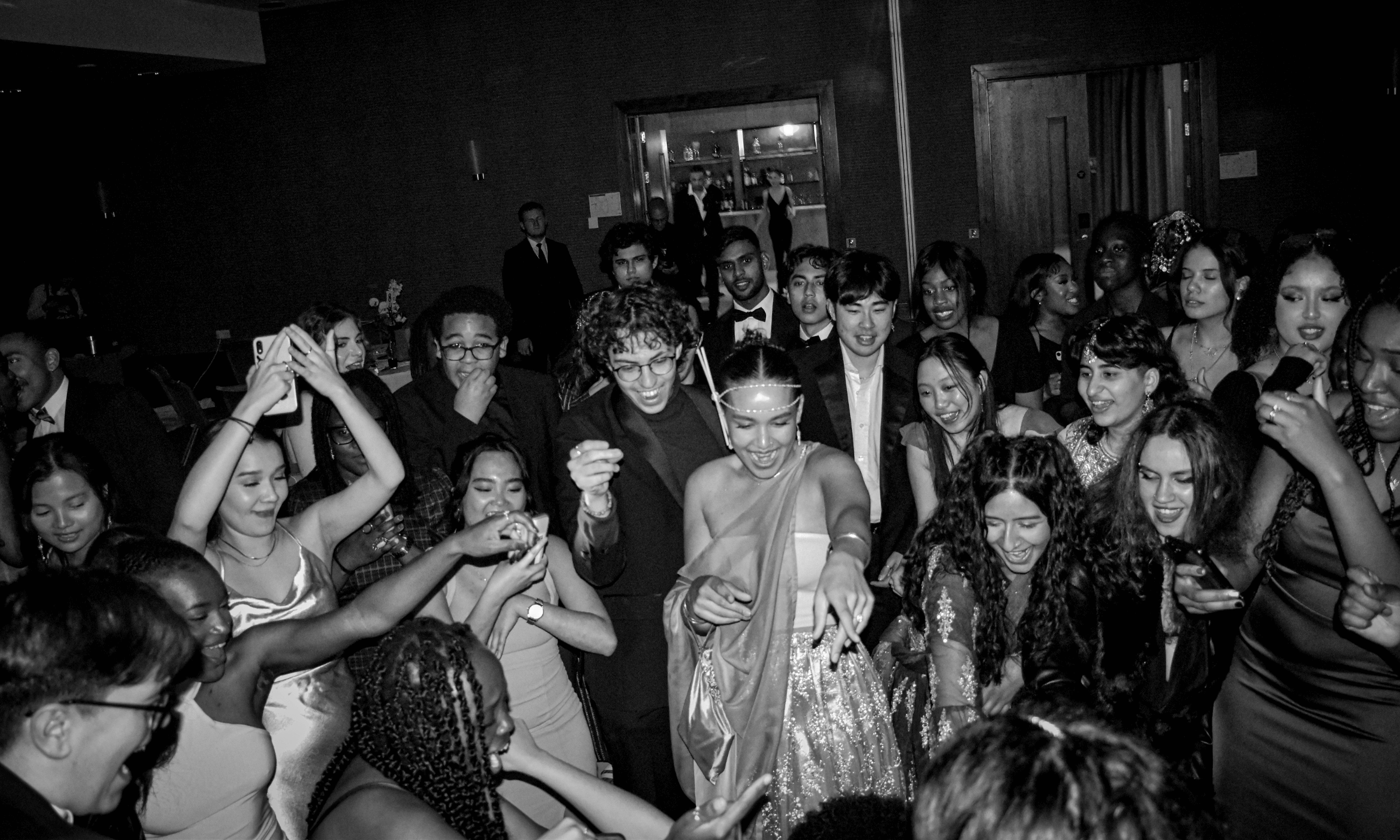
When I accepted my gender identity and my desire to physically transition, the greatest mental struggle was the conundrum of why I desired to appear in this world as a man, if men are so violent. I struggled to separate toxic masculinity from other forms of masculinity. I constantly questioned: is masculinity inherently toxic and can it ever truly exist without causing harm?
Recent research in the UK and the USA has found that trans men have the lowest rates of life satisfaction and the highest rates of attempted suicide in the LGBTQ+ community. There is often little light shed on trans men and trans-masculine people in public discourse and this leaves a great deal of us feeling misunderstood and lost. I didn’t know trans masculinity even existed for some time and so I didn’t think I could ever exist as my truest self and inhabit a body I could be at peace with.
This led to a lot of self-hate and self-loathing; questioning why I wanted to transition to something that represented something which has caused me so much personal pain. Having to transgress gender in this way is incredibly difficult. There were many times I thought I would rather not exist in this world than to have my presence inflict harm. I do not for a second doubt that most trans masculine people have these intrusive thoughts.
Masculinity is built up in this world as something to be feared, especially black masculinity. There is a historical picture that has been built up of black men over the past few centuries as hyper-aggressive, hyper-dangerous and hyper-sexualised. It is this very fear that kills black men across the world, especially in instances involving the State. It is this that causes police officers to shoot at black men and boys who are simply reaching for the licence they were asked to provide, or doing some similarly non-threatening every-day task.
“There is a historical picture that has been built up of black men over the past few centuries as hyper-aggressive, hyper-dangerous and hyper-sexualised”
Black men and black masculinity are not synonymous though are very intricately related. Dark-skinned black women often bare similar tribulations to black men due to a historical production of dark-skinned black women as both masculine and hyper-sexualised. Regardless of my gender expression, my body and actions are policed, and stereotypes of aggression and violence are attributed to me. Though what this means when I no longer appear as a “woman” is what causes the deep-rooted fears of both the known responses to black masculinity and the unknown.
By moving into myself and into black trans masculinity, I have realised that I am healing the parts of myself that have been violated and hurt by masculinity, as this is the only way I can accept myself. My greatest worry was that one day I would look in the mirror and see someone I fear. To see my father. To see black men that have wronged me through the years. Seeing them in me was something I couldn’t bear.
Trans-masculinity made me face, head on, the structural and personal male violence I have been subjected to, in ways I had not done previously. To embrace myself, fully, required acknowledging, examining and healing from these transgressions. It required not allowing my mind to conflate awful acts often carried out by men, as consistent with a definition of masculinity.
For me being a trans masculine person is undergoing the task of simultaneously trying to heal from the personal and structural male violence I have been subjected to whilst trying to (re)imagine a masculinity that serves those around me. Trying to imagine between the four blue walls of my bedroom what the most expansive, daring and beautiful idea of masculinity is.
However I decide to approach this moment in my life, healing the wounds and the traumas beset upon me by cis men of all races, is central and critical to accepting and loving my own masculinity. I often say cis men ruined masculinity (lol). In many ways, they have done. But as a trans masculine person I’m here to reclaim it, to accept it, and to love it — to heal the parts of myself that need healing, to release and close up those wounds so that I can allow myself to live and grow into my truth.
My own liberation is intimately and inextricably linked to the liberation of all women and feminine folk, as such this requires the re-imagination of masculinity. Understanding masculinity outside of violence and patriarchy is essential to the happiness and lives of trans-masculine folk. The masculinity I have reimagined for myself and always endeavour to live out is a masculinity that is soft, that is caring, that is open, that is loving, that is patient, that is kind, that is accepting, and that will wear nail polish and give zero fucks.
A masculinity that is not the binary opposite to femininity, but a form of masculinity that learns and embodies beautiful lessons from femininity. As a society, we need to allow this re-imagination of masculinity to flourish and I am certain cis men can learn a great deal from their trans brothers. Let us all reimagine masculinity.









